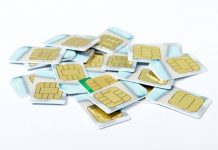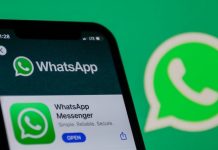By Bill Tucker, University of the Western Cape
(News in Africa Online is reproducing part of the research work by Bill Tucker because it speaks directly to Africans at home and in the Diaspora)
Mankosi is a remote rural community in South Africa’s Eastern Cape province. It is home to almost 6,000 people. The nearest city is Mthatha, about 60 kilometres away, as a bird flies.
Most homes are not connected to the electricity grid; residents charge their cellphones at a local shop or shebeen, for which they must pay. Both data and airtime for those phones also cost a lot: a survey shows that people spend up to 22% of their income on telecommunications. This is money that could be spent on food, education, transport and other needs.
They are not alone. South Africa has some of the highest mobile voice and data costs in the world. Yet, things are changing in Mankosi. A research team at the University of the Western Cape has worked with residents to develop a solar powered wireless community network.
The Zenzeleni Networks project – Zenzeleni means “do it yourself” in isiXhosa, the Eastern Cape’s most prevalent language – is, as far as we’re aware, the South Africa’s first and only Internet Service Provider (ISP) that’s owned and run by a rural cooperative. Just like any ISP, Zenzeleni installs and maintains telecommunications infrastructure and also sells telecommunications services like voice and data.
Yet what’s special about the project is that it involves a registered not-for-profit company which works with cooperatives in the community to deliver affordable voice and data services. Crucially, the project also keeps money in communities like Mankosi, often beset by high rates of unemployment.
The community networks model has proven successful elsewhere in the world: the largest is in Spain – the Guifi.net project. Others that have been developed successfully include projects in Zambia and Mexico. The Mankosi project was launched in 2012 and legally registered in 2014. I have done research on information and communication technology for development in the Mankosi area since 2003. Since then, colleagues and postgraduate students, have also worked, even lived, in the area for extensive periods of time.
To establish the Zenzeleni network we approached local leaders to help get the community on board and we provided help and mentorship. Ultimately the residents run the project themselves.
With the local authority’s permission, a cooperative comprising ten local and respected people was formed. This group designed the network layout, and built and installed a dozen solar powered mesh network nodes or stations. These are mounted on and inside houses around Mankosi. These are organised in what we call a mesh network and WiFi stations cover an area of 30 square kilometres.
Zenzeleni constitutes a fully-fledged Internet Service Provider, equipped with an Internet and Voice-over Internet Protocol gateway, community managers and a billing system in isiXhosa.


















